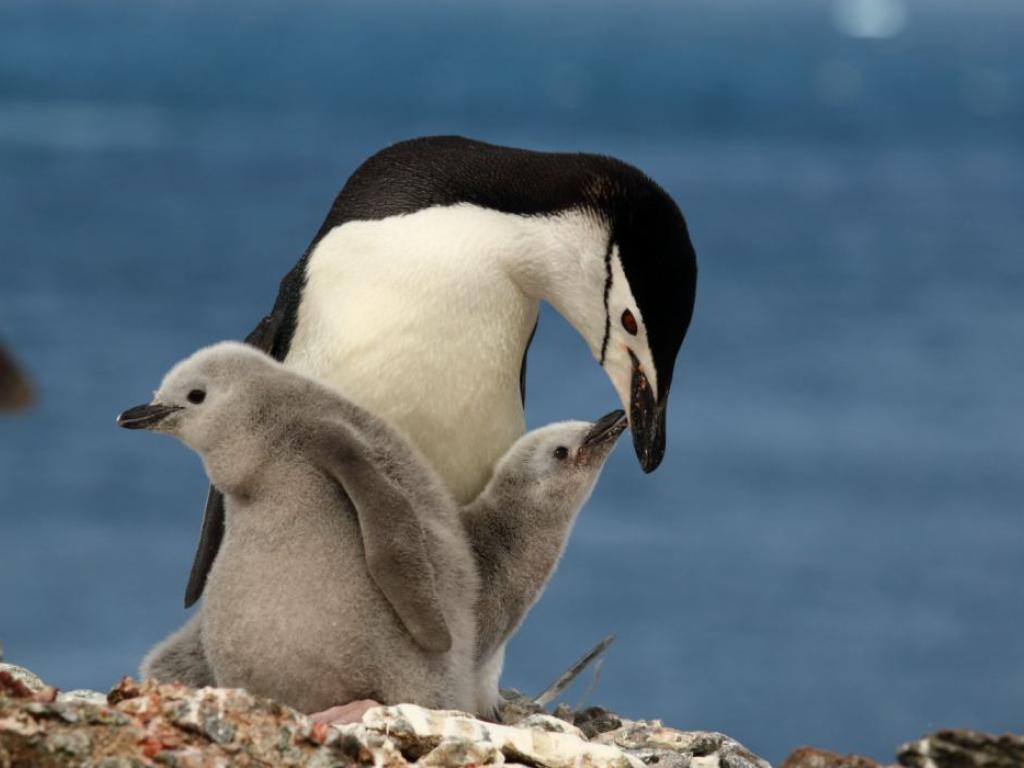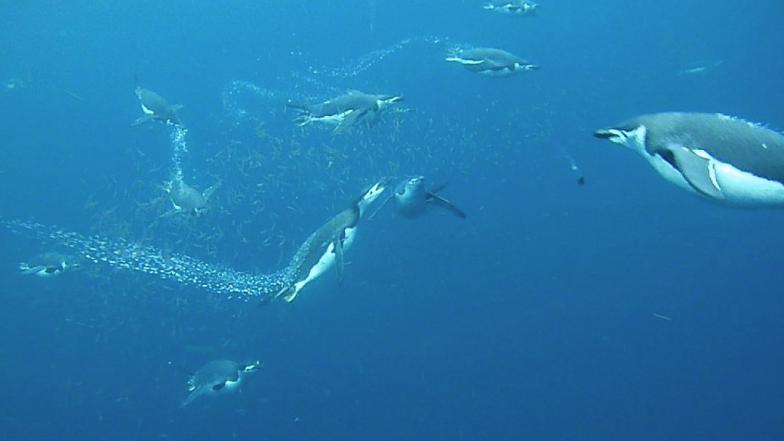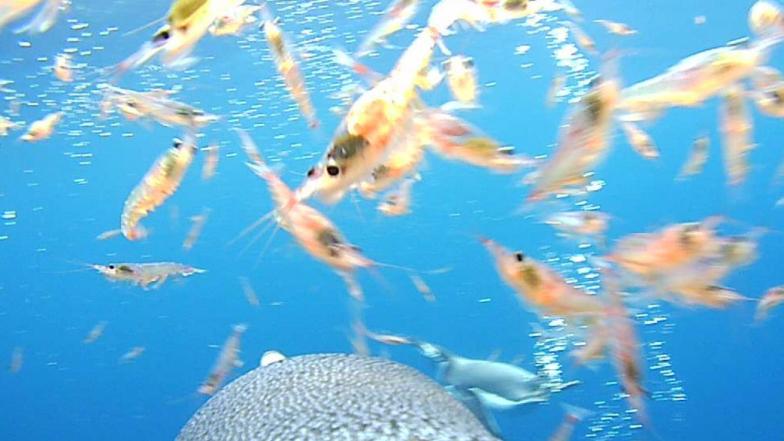Study Uses Machine Learning to Track Penguin Feeding Patterns

SEEC researchers have developed a pioneering method to monitor the feeding behaviours of chinstrap penguins in Antarctica. This research, using a combination of animal-borne video, movement sensors and machine learning, promises to enhance conservation efforts by providing valuable data on prey consumption rates among penguins.
New Methodology to Track Prey Capture
The study, which was published in the journal Royal Society Open Science, was led by Drs Stefan Schoombie and Chris Oosthuizen of SEEC. The research team aimed to quantify prey capture rates by penguins in the wild, a challenging task given the fast and often visually restricted underwater environment in which penguins hunt. To achieve this, miniature video cameras and sensors measuring acceleration and pressure were attached to adult penguins to collect data during at-sea foraging trips.
The video footage captured clear signals of prey capture events, which the team used as a baseline to train machine learning algorithms. "Video recording is invaluable for understanding prey capture behaviour," said Schoombie, "but its duration is limited due to battery life, water clarity, and light conditions." The team therefore trained deep neural network algorithms on sensor data from accelerometers and depth indicators to identify feeding events. This method now enables researchers to detect prey captures in data collected over several days without video footage.

Machine Learning Accelerates Data Analysis
Dr Lorène Jeantet and Dr Emmanuel Dufourq, co-authors based at the African Institute for Mathematical Sciences in Muizenberg, explained that deep learning algorithms streamline and improve the accuracy of behavioural analysis. Accelerometers in the study recorded data at high frequencies, yielding a large dataset that would be challenging to analyse manually. Deep learning algorithms, however, processed this information rapidly and identified patterns difficult to detect by human observers, making it possible to automatically track feeding behaviours over extended periods.
Conservation Implications and Future Monitoring
Chinstrap penguins are a key predator of krill in the Southern Ocean, where the Commission for the Conservation of Antarctic Marine Living Resources (CCAMLR) manages fisheries and conservation. Quantifying krill consumption by penguins can improve ecosystem-based management approaches, crucial for CCAMLR’s objectives to protect Antarctic wildlife.
“Monitoring krill-dependent species like chinstrap penguins helps us understand broader ecosystem dynamics,” Oosthuizen said. "This study highlights the potential of technology to advance our understanding of marine predator behaviour. The methods developed here can help support sustainable management practices, which aims to balance the needs of wildlife conservation and fishing industries."

This project, supported by the Antarctic Wildlife Research Fund and the Research Council of Norway, highlights the potential of cutting-edge technology to advance understanding of marine predator behaviour and assist in the conservation of Antarctic ecosystems.
